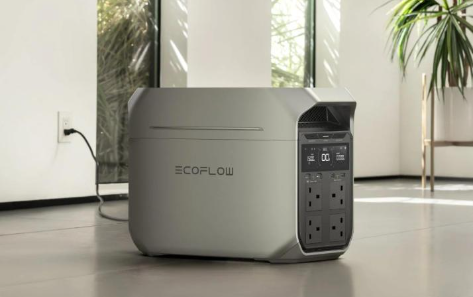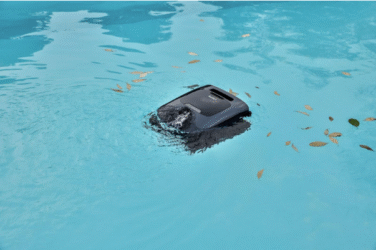Choosing the correct size for your solar battery is the most important decision you will make when building a reliable home energy system. A battery that is too small may leave you without power when you need it most, while an oversized unit can mean unnecessary upfront costs. Many households have already installed EcoFlow’s solar battery to meet their energy needs, enjoying the benefits of a properly sized system. Getting the size right ensures your system is both cost-effective and capable of providing the backup power your family depends on during an outage. Residents can also explore options like power to choose round rock to compare local electricity plans that complement their solar and battery setup for maximum savings.
Step 1: Analyze Your Household’s Energy Consumption
How to Read Your Electricity Bill for Key Data
Your monthly electricity bill is a great starting point for understanding your overall energy usage, typically showing your consumption in kilowatt-hours (kWh). Look for a section that summarizes your average daily or monthly kWh use, which gives you a baseline for how much energy your household consumes each billing cycle. This number represents the total energy used by all your appliances and devices, including hidden standby loads, over the billing period. Understanding this figure helps you gauge the approximate scale of battery capacity you might need to support your household’s unique energy habits effectively.
Calculating Your Essential Loads’ Daily Watt-Hour Usage
During a power outage, you likely won’t need to power every appliance in your home, just the essential ones that support daily life. Make a list of critical devices such as your refrigerator, lights, modem, and phone chargers. Check each device’s wattage (usually found on a label or user manual) and estimate how many hours per day you would need to run them during an outage. Multiply the wattage by the hours of use for each device, then add them up carefully to get your total daily watt-hour requirement. This calculation tells you how much stored energy your battery must provide to keep essentials running for a full day.

Step 2: Define Your Backup Power Goals and Priorities
Outage Duration: Short-Term vs. Multi-Day Resilience
Consider how long power outages typically last in your area and how prepared you want to be for unexpected events. If outages are usually brief, a smaller battery may suffice to cover a few hours of essential electricity use. For regions prone to longer outages, you may want a battery large enough to support your needs for a full day or possibly multiple days. Your backup goals will directly influence the overall battery capacity required, so it is important to think realistically. Carefully thinking through these scenarios ensures your system matches your expectations and practical needs.
Also Read: Off-Grid Solar Setup Guide for Homeowners
Selecting the Appliances and Circuits You Need to Back Up
Prioritize the devices that are most important for your safety, health, and comfort during a blackout, not simply convenience or luxury. Essentials often include refrigeration, lighting, communication devices, and medical equipment, if applicable to your household. You may also want to include a few comfort items, such as a fan or television, depending on your household’s lifestyle needs and preferences. Be realistic about what you can power, every added appliance increases the required battery size and total system cost significantly. A clearly prioritized list makes it much easier to align your battery choice with your actual requirements and expectations.
Step 3: Putting It All Together to Determine Battery Size
Once you have your daily watt-hour total and a clear idea of how many days of backup you want, multiply these two numbers to find the approximate total battery capacity needed. Remember to account for real-world factors like inverter efficiency losses and depth of discharge, most batteries should not be fully drained regularly. It’s wise to add a safety buffer of 10–20% to your final calculation to cover unexpected energy usage or gradual loss of capacity over time. If possible, consult with a qualified installer who can validate your calculations and recommend a system tailored to your home’s electrical setup.
Conclusion
Sizing a solar battery doesn’t have to be overwhelming when you break the process down into clear, manageable steps with careful attention and thoughtful planning for the future. By understanding your current energy consumption, defining your realistic backup goals, and making thoughtful calculations, you can select a battery that offers both security and measurable long-term value and performance. A properly sized system will provide peace of mind, knowing your household can maintain reliable power during an outage without overspending on unnecessary capacity or equipment. Taking time to plan and calculate carefully ensures your solar battery investment will meet your needs reliably for many dependable years ahead.


















Show Comments (0)